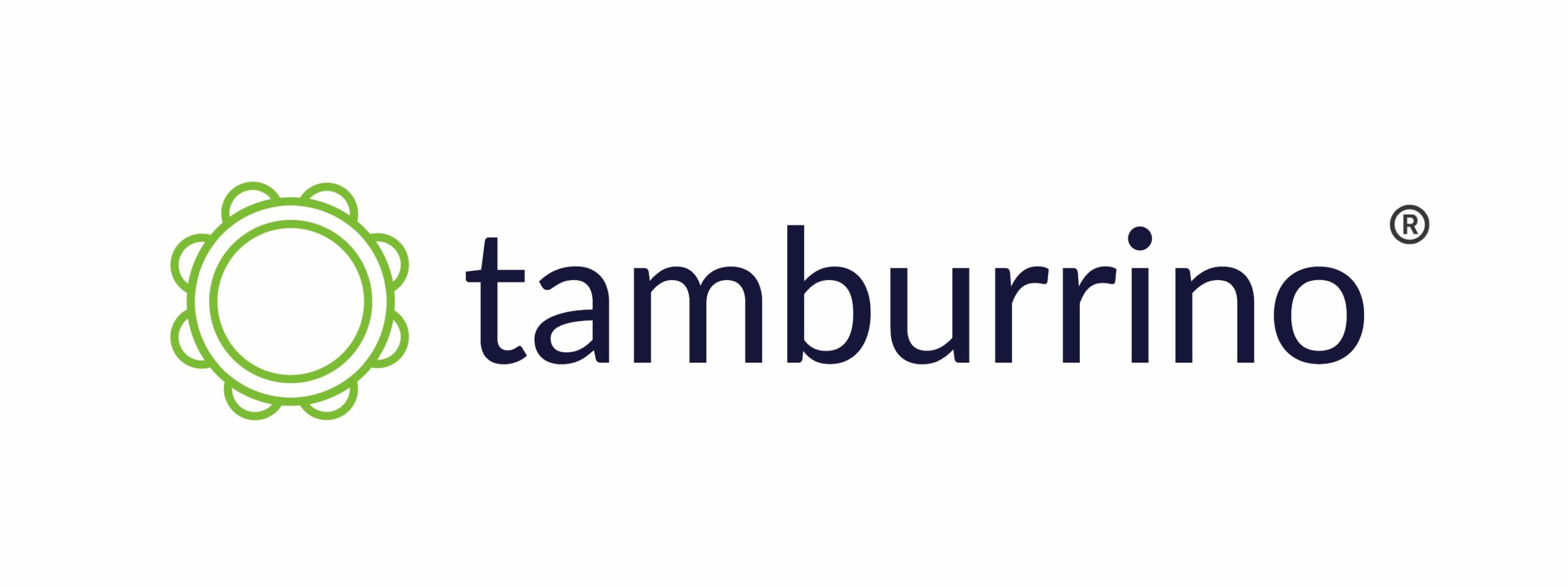Generative AI is no longer just a buzzword. It’s transforming how we work—speeding up content creation, automating repetitive tasks, and even supporting decision-making. But here’s the catch: while these tools are powerful, they weren’t built with your company’s security in mind.
So how do you take advantage of AI without accidentally handing over sensitive data? Let’s talk about it.
First, a Quick Reality Check
Tools like ChatGPT, Claude, Gemini, and others can feel like magic—type in a few lines, and voilà, you’ve got a draft email, a project plan, or a code snippet. But remember: most public AI tools are built on models that learn from the data you feed them. If you’re using the free version of an AI tool, and you’re pasting in internal documents, financial data, or client info, you might be exposing more than you realize.
That’s not fear-mongering—it’s just how the tech works.
What’s Actually at Risk?
When your team uses AI without guardrails, here’s what can happen:
-
Data leakage: Internal or client data could be stored or used to train models, depending on the tool’s terms of use.
-
Compliance violations: If you work in healthcare, finance, or any regulated industry, uploading sensitive info could put you on the wrong side of HIPAA, SOC 2, or GDPR.
-
Unintentional IP sharing: That genius marketing strategy or product roadmap you fed into a public AI model? It might not stay yours.
So, How Do You Use AI Safely?
Here’s how we recommend our clients get the best of both worlds: innovation and security.
1. Create an AI Usage Policy
Before your team starts using AI tools for work, define the rules. What kind of data can they use? What tools are approved? Can AI be used for code, client communication, or internal documentation? A clear policy keeps everyone on the same page and reduces risk.
2. Use Enterprise Versions of AI Tools
Many generative AI tools now offer business-tier accounts that come with data privacy commitments. For example, ChatGPT’s Enterprise version ensures that your data isn’t used to train OpenAI models. It’s worth the investment if your team relies on these tools.
3. Keep Sensitive Data Out of Prompts
This one’s simple but crucial: never paste personally identifiable information (PII), protected health information (PHI), financial records, or passwords into an AI tool—unless you’re absolutely sure it’s secure and compliant.
4. Educate Your Team
AI literacy is the new cybersecurity literacy. Your team needs to know what’s safe to share, what’s not, and how to spot red flags. A quick training or an internal resource guide goes a long way.
5. Monitor and Review Usage
If your team is using AI for client work, content creation, or even decision support, keep tabs on how and when it’s being used. Look for tools that let you review inputs/outputs and set user permissions.
Final Thought: AI Is a Tool, Not a Risk (If You Use It Right)
We’re big fans of generative AI. The key is to treat it like any other business tool: don’t just hand it over to your team and hope for the best. Create boundaries, offer guidance, and make sure it’s aligned with your company’s broader security posture.
Want help setting up a secure AI framework for your business?
That’s what we’re here for.
Let’s talk:

